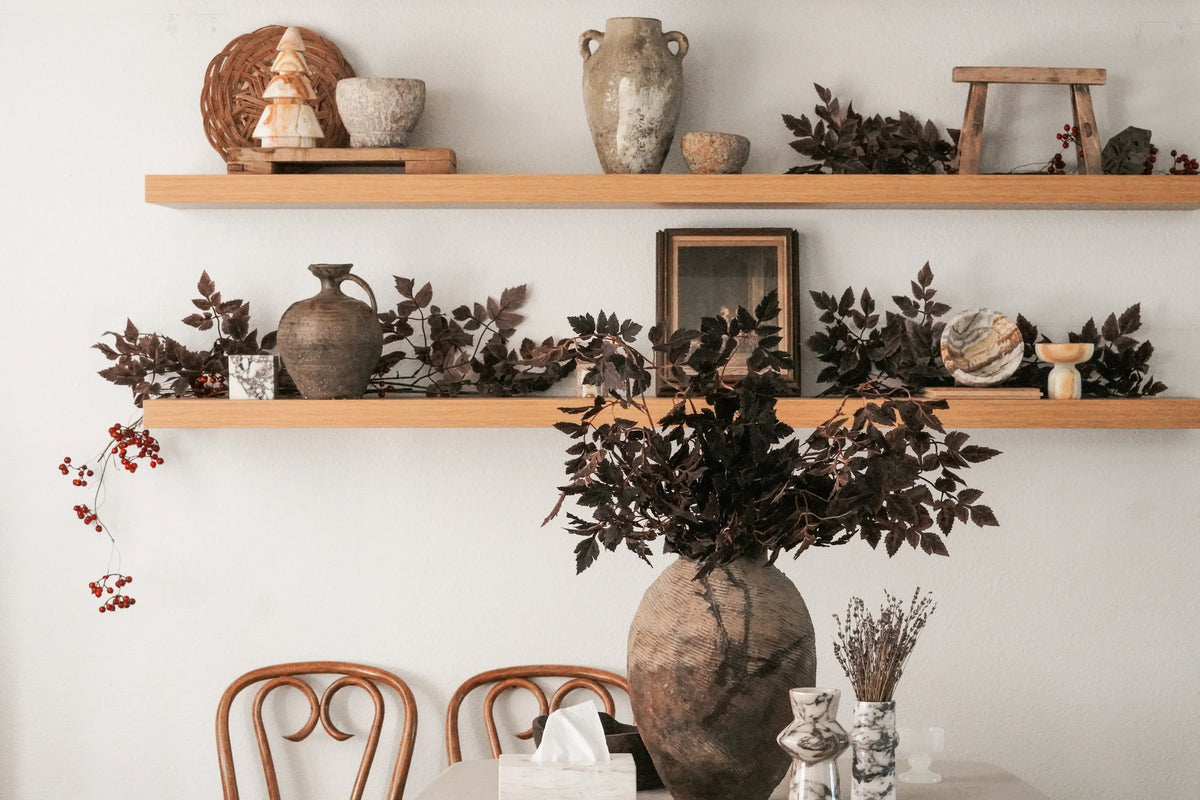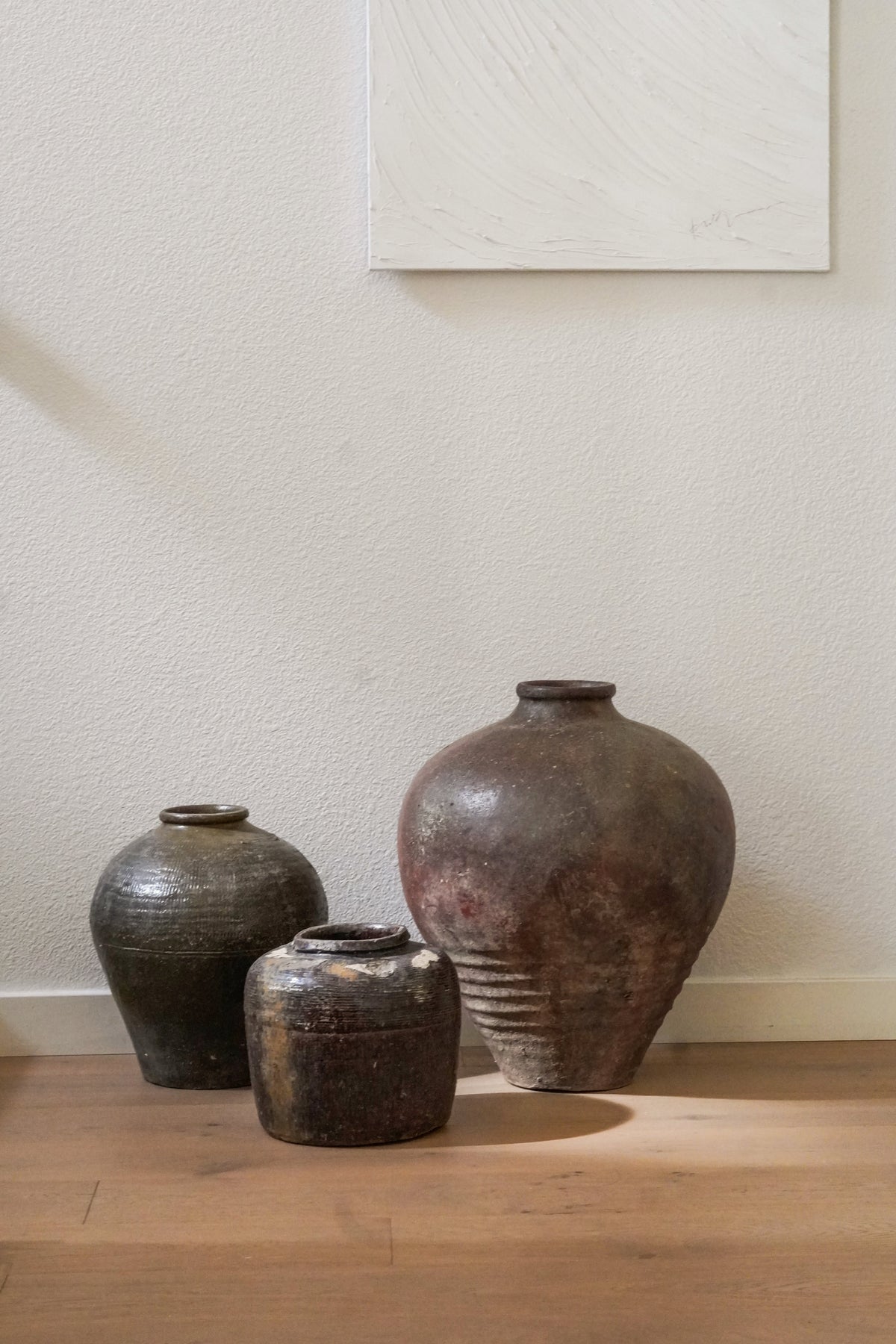Porcelain, often termed "white gold," embodies the pinnacle of ceramic artistry, with various regions around the world developing their unique styles and techniques. Among these, Jingdezhen porcelain from China holds a special place, often regarded as the epitome of Chinese porcelain art. This article explores the distinguishing features of Jingdezhen porcelain in comparison to other world-renowned porcelain traditions, such as Meissen from Germany, Limoges from France, and Arita from Japan.
Jingdezhen Porcelain: The Heart of Chinese Porcelain
Jingdezhen, a city in Jiangxi Province, China, has been synonymous with exquisite porcelain for over a millennium. Known as the "Porcelain Capital," it gained prominence during the Song Dynasty (960-1279 AD) and has since been revered for its innovative designs, delicate craftsmanship, and the purity of its kaolin clay. Jingdezhen porcelain is celebrated for its intricate blue and white patterns, often depicting traditional Chinese motifs such as dragons, lotus flowers, and landscapes. The city's artisans mastered the art of underglaze blue decoration, setting a standard that influenced porcelain making worldwide.
Meissen Porcelain: The European Pioneer
Meissen porcelain, produced in the German town of Meissen, became Europe's first high-quality porcelain in the early 18th century. Augustus the Strong, the Elector of Saxony, established the Meissen manufactory after the secret of porcelain-making was discovered by Johann Friedrich Böttger. Meissen is famed for its "Meissen Blue" and the intricate hand-painted designs, often featuring European-style landscapes, courtly scenes, and floral motifs. The Meissen crossed swords mark is one of the oldest trademarks in existence and signifies the authenticity and craftsmanship of each piece.
Limoges Porcelain: The French Elegance
Limoges, a city in the Limousin region of France, became a significant hub for porcelain production in the late 18th century, thanks to the discovery of kaolin deposits nearby. Limoges porcelain is prized for its brilliant white translucency and intricate painted and gilded decorations, often reflecting the French aristocracy's tastes. The city's manufacturers, such as Haviland & Co., contributed to Limoges' reputation by creating pieces that combined artistic excellence with utility, making it popular among European and American elite.
Arita Porcelain: The Japanese Innovation
Arita porcelain emerged in the early 17th century in the Saga Prefecture of Japan, following the discovery of porcelain clay in the region. It became Japan's first porcelain and is known for its distinctive styles, such as Imari and Kakiemon. Arita ware often features vibrant enamels and gold, depicting traditional Japanese themes like nature and folklore. The town of Arita remains a center for porcelain innovation, blending traditional techniques with modern design sensibilities.
Comparative Analysis
While each porcelain tradition has its unique characteristics, Jingdezhen porcelain sets itself apart with its historical depth and the central role it played in the global porcelain trade. The technological advancements and artistic achievements in Jingdezhen significantly influenced other porcelain traditions, as seen in the adoption of blue and white decoration techniques worldwide.
In comparison, Meissen and Limoges porcelains are distinguished by their adaptation of Chinese techniques to European tastes, incorporating local artistic expressions and preferences. Arita porcelain, on the other hand, represents a convergence of Chinese, Korean, and Japanese aesthetics, showcasing the regional interchange of ceramic artistry.
Conclusion
Jingdezhen porcelain, with its centuries-old heritage, remains a benchmark in the world of ceramics, celebrated for its artistic finesse and technological innovation. While Meissen, Limoges, and Arita porcelains each hold their esteemed place in the world of fine ceramics, Jingdezhen's influence is unparalleled, making it not only a treasure of China but also a significant cultural heritage of the world. The ongoing dialogue between these porcelain traditions continues to enrich the global landscape of ceramic arts, underscoring the shared human pursuit of beauty and excellence.





